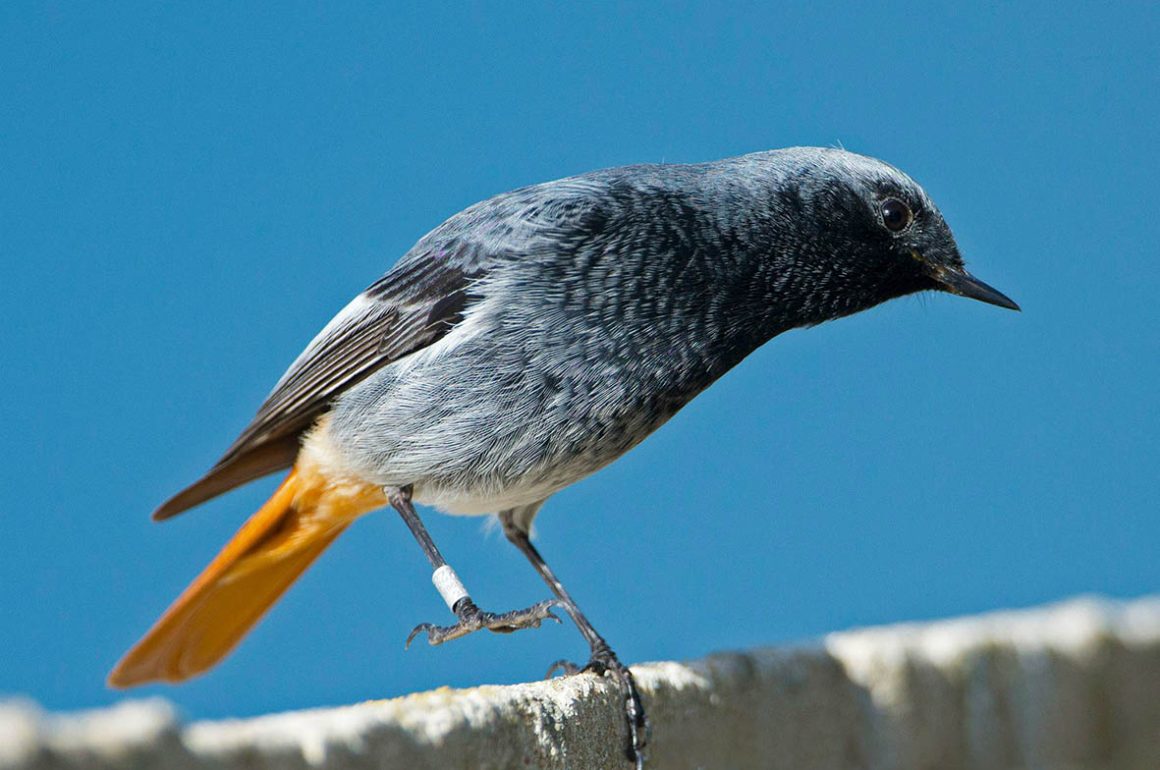
In the extreme south of the European mainland, where I live, October is a time of transition as many summer trans-Saharan migrants depart and others arrive for the winter. In a number of cases, it is closely-related species, within the same genus, that are involved. The departures are characterized by fleeting glimpses of birds that aren’t very interested in hanging around, often remaining still and silent in a shaded spot as they endure the heat. This behaviour will characterize them when they reach their destinations within the Sahel.
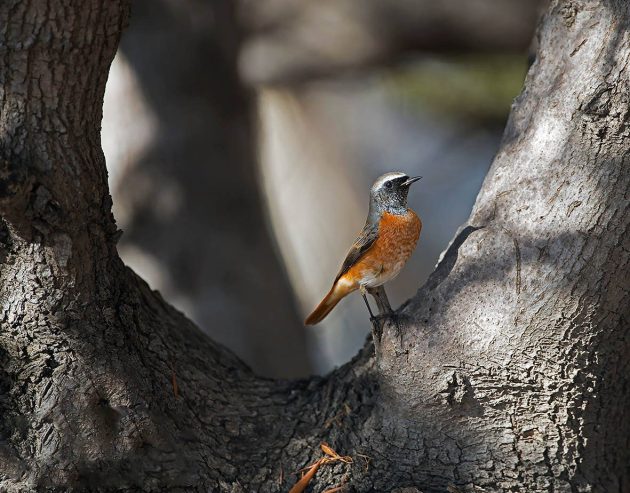
In contrast, the impending arrival of the species that will winter with us is marked by surges of large numbers of birds, followed by a redistribution in habitats where they will spend the winter months. In the case of chats, these arrivals are accompanied by intense territorial behaviour. It is the chats that exemplify these transitions best.
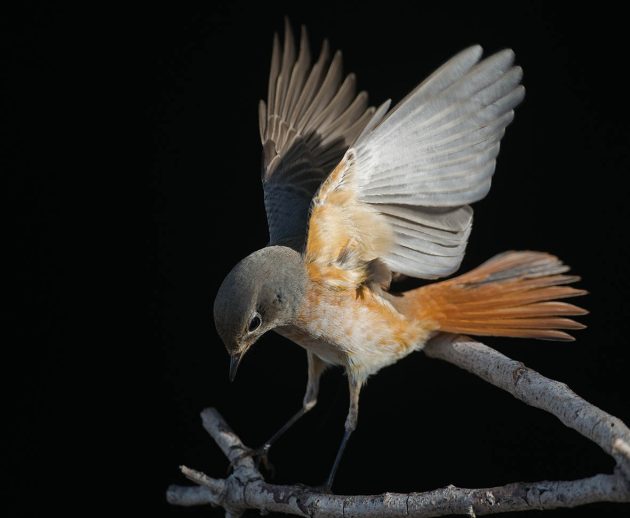
During October, we observe a steady trickle of Common Redstarts (Phoenicurus phoenicurus) as they work their way south. Periods with low cloud, and occasional rain, will force some down but they don’t stay long. We don’t get any large falls at this time – the weather is too stable and the birds have migration on their minds.
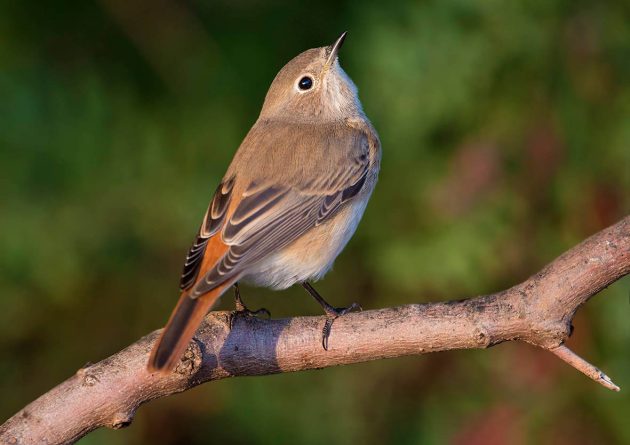
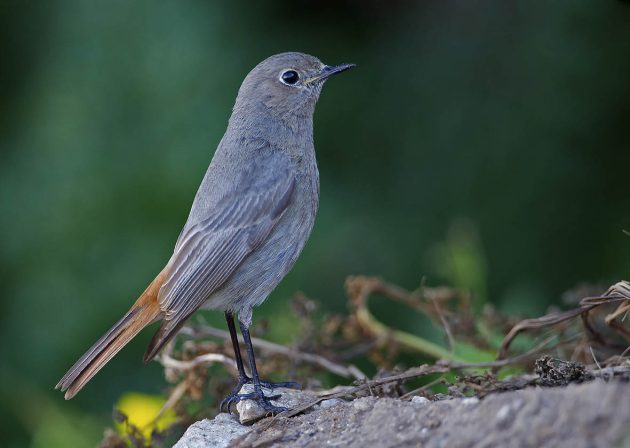
The Black Redstart (Phoenicurus ochruros) is the complete opposite. Arriving in increasing numbers during the month, arrivals at Gibraltar itself may be of the order of hundreds of birds on any given day. These birds are coming from breeding areas in western Europe, including Germany, France, Belgium, Switzerland and the United Kingdom. Some of these birds undoubtedly continue south into Morocco, but no further. Others stay with us and set up winter territories. As the winter progresses, numbers go down, probably the result of winter mortality.
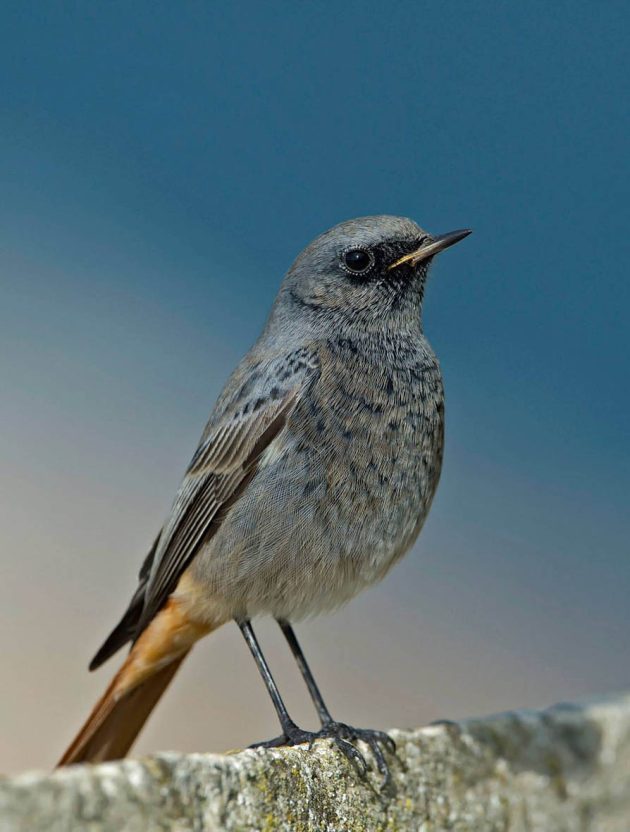
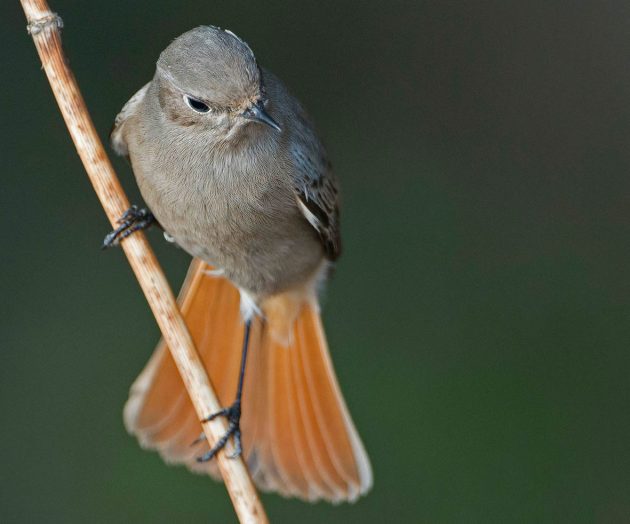
But we are finding out now that these birds will move around the wintering area in response to changes in food supplies so a decline in numbers in January and February may also result from changing territories. A peculiarity of Gibraltar is that it is subjected at intervals to periods of strong winds, especially from the east. When that happens, Black Redstarts with territories in the more exposed areas move to sheltered sites. These may include the town itself. It is not unusual for me to see sudden “arrivals” of Black Redstarts on the town’s rooftops, accompanied by intense territorial activity, right in the middle of winter. It just shows how dynamic the “wintering area” is for these species.
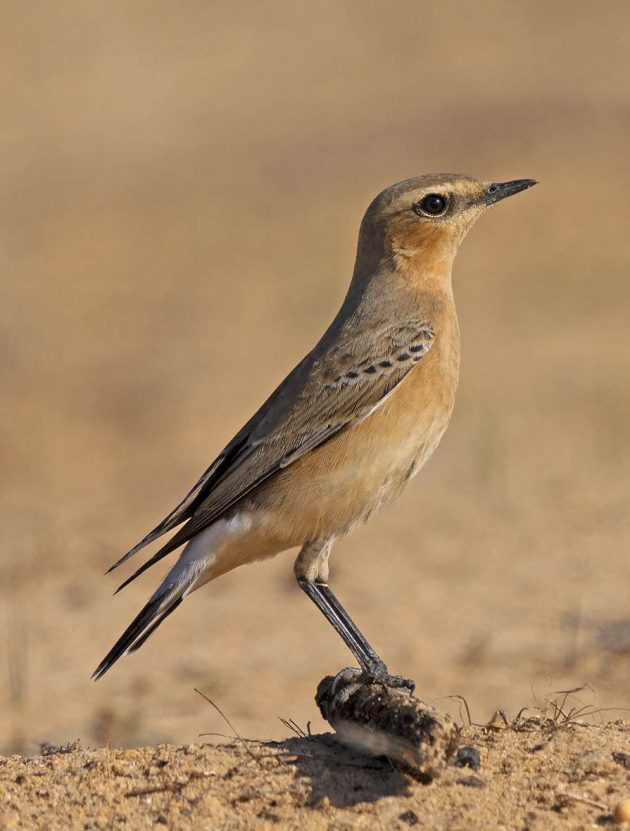
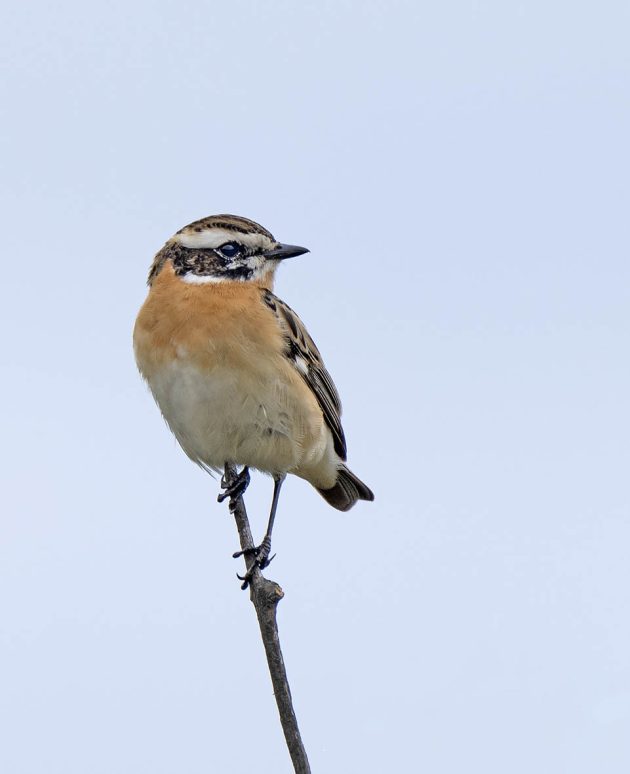
Other chats are now leaving us. They include Northern Wheatears (Oenanthe oenanthe), the last ones typically the Greenland sub-species, leucorhoa. Whinchats (Saxicola rubetra) are also departing. Less obvious than the case of the Black Redstart is that of the Stonechat (Saxicola rubicola) simply because there are many resident Stonechats in our area. But look carefully and you’ll soon realise that there are many Stonechats in locations where you wouldn’t expect residents. These birds are from western European populations – Belgium, France, United Kingdom, for example. Their arrival, too, is accompanied by intense territorial activity.
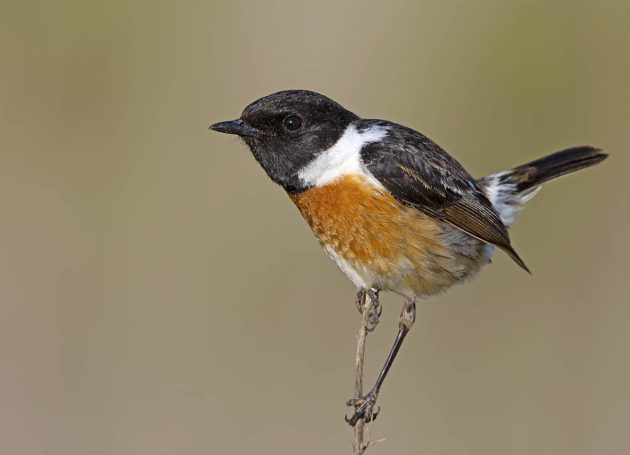
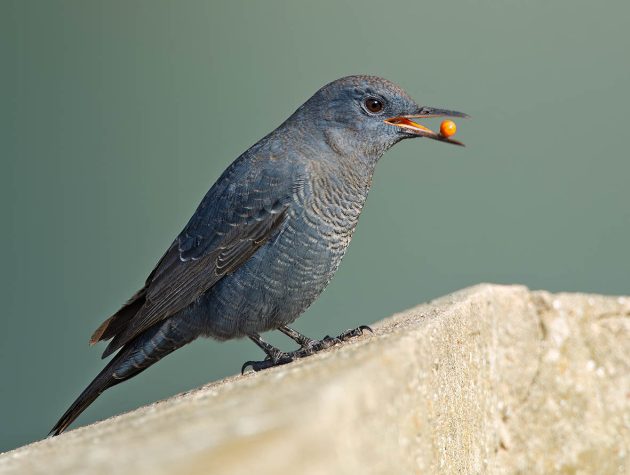
I end with another species that is much in evidence right now. Blue Rock Thrushes (Monticola solitarius) are partial migrants. Birds are now arriving from the north and meet the local adults as well as dispersing young of the year. The result is mayhem as these aggressive chats vie for winter territories. As with the Black Redstarts, this behaviour is most obvious at this time, before things settle down towards a winter calm. Meanwhile the trans-Saharan Red-tailed Rock Thrushes (Monticola saxatilis), striking as they are, go by unnoticed. I can’t help feeling that the exit of these tropical migrants takes the form of overflying the dry and inhospitable lowlands of the south, at the same time avoiding the unnecessary attention of their aggressive congeners.
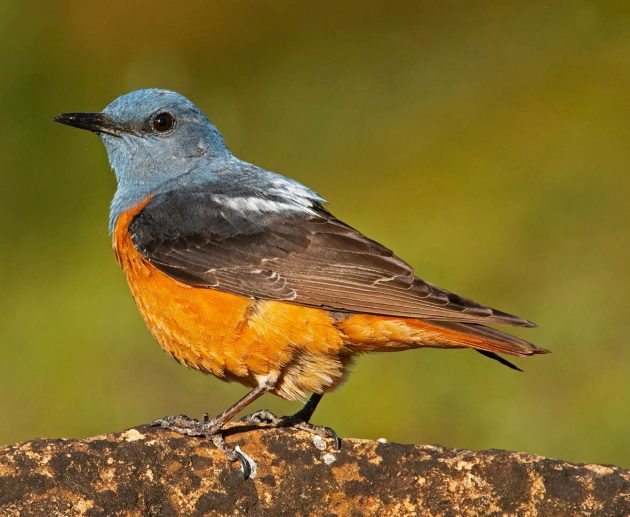





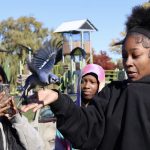


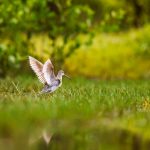

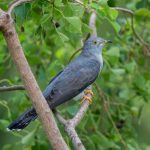
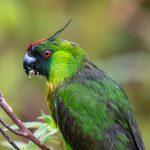
Great pictures of familiar but always fascinating birds. Love the crispness of the images!
Incredible variety for such a small place like Gibraltar. Already seen some in my garden, including the Blue Rock Thrush which we heard before actually seeing it. Mount road and The Mount area is full of chats and tits. May we continue to protect our Nature Reserve.
Wow, you just showed me how many birds I have yet to see in the Gibraltar area. In a few weeks we will be back in Algeciras, just in time for the tail end of migration. This will be my fourth time there at this general time of year. And yet the Redstarts, and especially, the Stonechat, are the only one of these birds that I have seen so far. It gives me something to look forward to!
Great photographs, especially the red-tailed rock thrush. These are curious birds, as they tend to be shy on their breeding grounds in the high mountains of Europe, but much tamer and more approachable on their wintering grounds in East Africa. One of my favourite chats, and one I always enjoy seeing.
Hi David, Blue Rock Thrushes are notorious for not showing the location of their nests but they are very visible territorially, even with display flights. Not sure how to explain the red-taileds as you describe